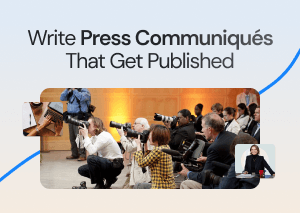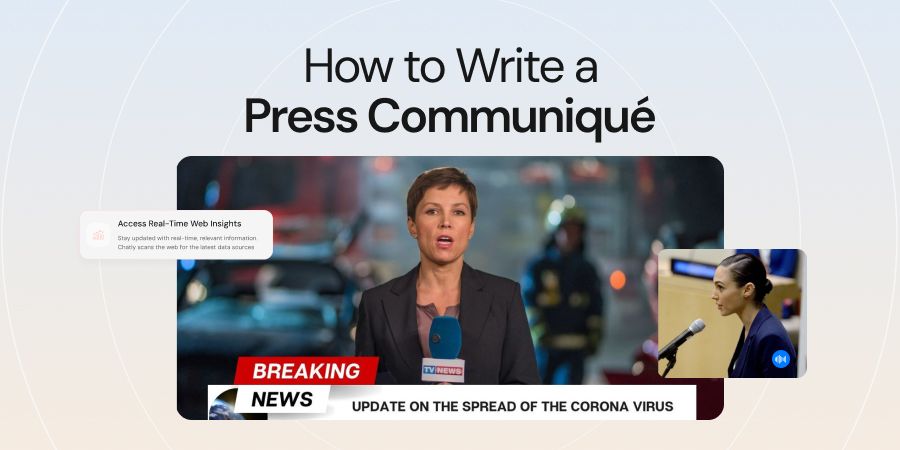
How to Write a Press Communiqué
A press communiqué is the formal document used for this purpose. It acts as an official statement that provides accurate, concise, and timely information to journalists and media outlets.
Learning how to write a press communique is about following a structured format that allows your message to be picked up quickly and used without distortion.
What Is a Press Communiqué?
A press communiqué is an official written statement issued to the media. It may come from a government, a business, or an NGO, and its goal is to announce something newsworthy in a clear and factual way.
Unlike promotional material, a communiqué focuses on information that must be communicated to the public through professional channels.
Many people confuse a press communiqué with other types of communication, but its purpose is specific. It records facts and decisions in a way that can be directly reported by journalists.
The tone is formal, the language is simple, and the content is limited to what is relevant. A well-written communiqué saves editors time and ensures your message is not altered during coverage.
If you are willing to writing a research piece, the more suitable option would be to write a journalistic article, where you can also present your opinion based on findings the facts presented.
Key Features of a Press Communiqué
-
Formality as a Rule – The language is measured, almost austere, leaving little room for embellishment.
-
Brevity with Weight – Rarely long, yet every sentence carries official significance.
-
Authority Anchored – Always tied to a government, NGO, or international body; nothing is anonymous.
-
Neutral in Voice – Facts are stated, not sold; interpretation is left to the reader.
-
Strategic Restraint – Words are chosen carefully, often revealing as much by what they omit as by what they declare.
-
Fixed in Format – Headline, dateline, statement, and sometimes signatures. The structure rarely shifts.
Why Organizations Use Press Communiqués
Press communiqués provide credibility. They show that the information is official, approved, and accurate.
In all cases, the principle is the same: write a communiqué that is short, factual, and easy to publish.
What Is a Press Release?
A press release is an official written statement sent to media outlets to announce something newsworthy. It is a cornerstone of public relations and is used by companies, NGOs, and governments to ensure their message reaches the public in an accurate and professional form.
For anyone asking what is a press release, the answer is simple: it is a document written in journalistic style that provides essential facts so that reporters can publish them quickly.
Purpose of a Press Release
The primary goal of a press release is to inform, not to advertise. A strong press release presents facts in a way that can be used directly by editors without rewriting the core message.
Press release writing is about making news accessible, credible, and timely. Organizations use press releases for product launches, financial announcements, corporate changes, and event updates. NGOs use them for reports and campaigns, while governments rely on them for official statements.
Why Press Releases Are Important
Reporters receive hundreds of messages every week. A properly structured press release saves them time and increases the chance of your story being published. Poorly written or unformatted releases are ignored.
For this reason, learning how to write a press release is not only about good writing, but also about correct press release formatting, a clear press release outline, and strict adherence to best practices for press releases.
Key Features of a Press Release
-
Concise – Ideally one page, maximum two.
-
Structured – Follows a proper press release format for readability.
-
Neutral tone – Factual, clear, and free of heavy promotion.
-
Media-ready – Written so editors can use it directly.
In short, writing a press release is about delivering information in the same way journalists write news – straightforward, accurate, and well-structured.
Press Communiqué vs Press Release
The terms press communiqué and press release are often confused, yet they carry distinct nuances. Both serve the same core purpose which is to provide official information to the public but the choice of term usually depends on context.
A press communiqué is more common in diplomatic or international settings.
Governments may issue one after a summit, or NGOs may publish one to accompany a humanitarian report. Its tone is typically formal, reflecting the gravity of political or global affairs.
A press release, on the other hand, is the standard tool in business, media, and corporate communication.
While its structure mirrors that of a communiqué such as having a headline, dateline, lead paragraph, supporting details, and contact information, the tone is usually less formal and more focused on engaging journalists and the public.
It is also worth noting that these terms differ from a news release, which is sometimes confused with them.
A news release is a broader public relations tool designed to push announcements into media channels. In practice, a communiqué can be seen as a formal subtype of the press release.
Understanding these differences matters because they influence not only tone and structure but also the distribution channels chosen to reach the intended audience.
Preparing to Write a Press Communiqué or Press Release
Before drafting, the groundwork is critical whether writing a press communique or a press release. Good press release writing begins with preparation.
Reporters and editors want accuracy, brevity, and relevance. A press communiqué or press release that lacks preparation risks being ignored.
Identify Your Audience and Purpose
Every communiqué or press release must answer a clear question: who is this for and why is it important? A business press release for a product launch will differ in tone and detail from a government communiqué announcing a new policy.
Knowing your target audience determines what information to include, what language to use, and how formal the structure should be.
Define the Core Message
Clarity of message is central. Decide what the headline fact is before writing. If you cannot explain your release in one sentence, it is not ready. Writing press releases requires stripping away extra detail until the key announcement stands out.
This ensures that the media can capture and reprint your message without distortion.
Gather Facts, Quotes, and Supporting Material
Accuracy builds trust. Before you write a press release, collect verified data, official quotes, and supporting evidence. Statistics, timelines, or financial details add credibility, while quotes from leaders or spokespersons add a human element.
Journalists will not use a release that feels incomplete or lacks sources.
Choose Timing and Distribution
Timing can determine whether your communiqué gets picked up. Important news should be released early in the week and early in the day when media teams are most active. Distribute to all relevant outlets simultaneously to avoid appearing selective.
Today, press releases are distributed by email, through newswire services, or published in an online newsroom.
Follow Best Practices for Press Releases
-
Keep it short and to the point, one to two pages maximum.
-
Write in a neutral, journalistic style.
-
Use short paragraphs and sentences for readability.
-
Include clear contact information.
-
Proofread for errors before sending.
Learning how to do a press release is not only about writing style. It is about discipline in preparation: knowing the message, verifying facts, and selecting the right timing and format.
Format for Press Communiqué and Press Release
Whether you are writing a press communiqué for a government body or a press release for a business, structure is critical.
Editors expect information in a standard press release format. Following this outline improves readability and ensures your message can be published with minimal editing.
Proper Press Release Format
A proper press release format follows a clear order that mirrors the way journalists write news stories. This style is also referred to as the inverted pyramid format, where the most important information comes first, followed by supporting details.
The standard press release outline includes:
-
Headline – A short, clear title that captures the announcement. (press release headline examples)
-
Dateline – City and date of the release.
-
Lead Paragraph – The “who, what, when, where, why, how” in the first few lines. (how to write a press release, how do you write a press release)
-
Supporting Details – Background information, context, and relevant facts.
-
Quotes – Statements from leaders, executives, or experts that add authority.
-
Boilerplate – A standard section describing the issuing organization.
-
Contact Information – Name, phone number, and email of the spokesperson or PR contact.
-
End Notation – “###” or “END” at the close to signify completion.
Press Communiqué Format
The format of a press communiqué is nearly identical to a press release but the tone is more formal. For example:
-
A communiqué headline might be “Joint Statement on Regional Trade Agreement” rather than “Company X Launches New Product.”
-
Language avoids marketing style and sticks to official language.
-
Quotes are often from ministers, diplomats, or organizational leaders.
The press communique format is designed for credibility, not promotion.
How to Format a Press Release
-
Length – One page is ideal, two pages maximum.
-
Font and Spacing – Professional font (Times, Arial), double-spaced if printed.
-
Paragraphs – Keep paragraphs short, ideally 2–3 sentences.
-
Clarity – Avoid jargon, acronyms, and long sentences.
Press release formatting matters because editors often copy directly into articles. A poorly formatted document creates extra work for reporters, and many will skip it.
Press Release Formats Across Industries
While the outline stays the same, press release formats differ slightly:
-
Business Press Releases – Often emphasize products, services, or financials.
-
NGO Press Releases – Highlight causes, reports, or humanitarian actions.
-
Government Press Communiqués – Formal tone, often policy or diplomacy focused.
By learning proper press release format, you can ensure your communiqué or release is professional, easy to read, and ready for publication.
How to Write a Press Communiqué or Press Release
Learning how to write a press communique or press release requires discipline. The goal is to make it news-ready: short, factual, and easy for editors to use. Below is a step-by-step approach that applies to both formats.
Step 1: Write a Clear Headline
The headline should summarize the news in one line. Avoid marketing slogans. Editors want clarity, not hype. For example, instead of “Company X revolutionizes industry”, write “Company X Launches AI Tool for Small Businesses.” A good headline increases the chance of coverage.
Step 2: Craft a Strong Lead Paragraph
The first paragraph answers the core questions: who, what, when, where, why, and how. This is the most important part of writing a press release. If a journalist reads only the lead, they should still understand the story.
Step 3: Add Supporting Details
Follow with background information, context, and secondary details. This is where you can provide facts, statistics, and explanations. Keep paragraphs short. Journalists will cut from the bottom first, which is why the inverted pyramid structure is essential.
Step 4: Insert Quotes
Quotes from executives, officials, or experts add credibility. They should sound natural, not scripted. One or two strong quotes are enough. Avoid overloading a communiqué with long or promotional quotations.
Step 5: Write the Boilerplate
The boilerplate is a short description of the issuing organization. In business press releases, it usually includes the company’s size, focus, and contact details. In a government press communiqué, it identifies the ministry or agency. Keep it factual and consistent.
Step 6: Add Contact Information
Always provide a spokesperson’s name, phone number, and email. Reporters need a contact for follow-up questions. Missing this detail is one of the most common mistakes in press release writing.
How to Write a Good Press Release?
A good press release is:
-
Factual and free of exaggeration
-
Structured according to press release format
-
Written in clear, direct sentences
-
No longer than one or two pages
-
Easy to quote and republish
How to Write a Press Release for a New Business?
When writing a press release for a new business, focus on the basics: who you are, what you offer, and why it matters.
The headline should announce the launch, while the body should explain the mission, services, or products. Adding a quote from the founder helps humanize the story.
How to Write a Media Release?
The term “media release” is often used interchangeably with “press release.” The process is the same: headline, lead, supporting details, quotes, boilerplate, and contact information.
The difference is mainly in distribution. A media release emphasizes outreach to journalists, broadcasters, and digital news platforms.
Best Practices for Writing Press Communiqués
Writing press releases and communiqués requires precision. Journalists prefer information that is easy to read, factually correct, and structured in a way that saves time. Following best practices for press releases ensures your communiqué gets noticed instead of discarded.
Keep It Short and Factual
The standard length is one page, with a maximum of two pages. Editors do not want to search through long documents. Each sentence should provide value. Avoid filler words and promotional phrases. Good press release writing focuses on facts that can be used directly.
Use the Inverted Pyramid Structure
The most important details belong at the top. Additional context comes later. This format matches how news articles are written, making it easier for journalists to lift content without major edits. Always begin with the headline fact, then move into supporting information.
Maintain a Neutral and Professional Tone
A press communiqué is not advertising. The tone must remain neutral, authoritative, and professional. Phrases like “world’s best” or “revolutionary” weaken credibility. Stick to precise claims supported by data.
Avoid Jargon and Complex Language
Industry jargon, acronyms, and technical language reduce clarity. A proper press release format uses plain, accessible language so any reader can understand. If acronyms must be included, spell them out on first use.
Balance Urgency With Accuracy
Press communiqués often deal with urgent matters, especially in government or crisis communication. While urgency should be conveyed, accuracy cannot be sacrificed. Misreporting damages credibility and reduces the chance of future coverage.
Make Quotes Work for You
Quotes should add human perspective, not repeat facts already in the release. Limit them to one or two key voices. Always ensure quoted individuals approve the statement before publication. This prevents corrections after distribution.
Ensure Proper Press Release Formatting
-
Short paragraphs, ideally three sentences or fewer.
-
Clear section breaks for headline, dateline, lead, body, and boilerplate.
-
Consistent font and spacing across the document.
-
Contact details clearly visible at the bottom.
Proofread and Review
Before sending, proofread the communiqué for grammar, spelling, and accuracy. Ideally, have an external reviewer check it. Editors immediately discard releases with typos or factual errors.
By following these best practices for press releases and communiqués, you make it easy for journalists to pick up your story. The result is stronger coverage and wider distribution of your message.
Examples of Press Communiqués and Press Releases
Studying examples is one of the most effective ways to learn how to write a press communique or press release. Each type of communiqué has its own tone and structure, but the core elements remain consistent.
Business Press Release Example
-
Headline: Tech Startup Launches AI-Powered Analytics Platform for Small Businesses
-
Dateline: San Francisco, CA – January 12, 2025
-
Lead Paragraph: Company X today announced the launch of an AI platform designed to help small businesses analyze customer behavior in real time. The new service offers predictive insights, making advanced analytics accessible to non-technical teams.
-
Supporting Details: The platform has already been adopted by 500 early customers and integrates with leading CRM systems.
-
Quote: “Our mission is to bring enterprise-level analytics to small businesses,” said the founder of Company X.
-
Boilerplate: Company X is a technology startup focused on data solutions for SMEs.
-
Contact Info: Press contact name, email, and phone number.
This example shows how to write a press release for a new business: highlight the launch, explain the product, provide data, and include a quote that adds credibility.
NGO Press Communiqué Example
-
Headline: Global Health NGO Issues Urgent Communiqué on Vaccination Gaps
-
Dateline: Geneva, Switzerland – March 5, 2025
-
Lead Paragraph: The International Health Network issued a press communique today highlighting a 20% decline in vaccination rates across rural regions. The communiqué calls for immediate collaboration between governments and international donors.
-
Supporting Details: Statistics from recent field studies show that lack of infrastructure and funding are key barriers.
-
Quote: “This is not only a public health issue but a matter of equity,” said the Director of Programs.
-
Boilerplate: The International Health Network is a global NGO working to improve healthcare access in underserved regions.
This example shows how NGOs use communiqués to deliver factual, urgent information without promotional language.
Government Press Communiqué Example
-
Headline: Ministry of Foreign Affairs Issues Joint Press Communiqué with Neighboring State
-
Dateline: Islamabad, Pakistan – April 2, 2025
-
Lead Paragraph: The Ministry of Foreign Affairs today issued a joint communiqué with the Government of Country Y, reaffirming commitment to regional trade and security cooperation.
-
Boilerplate: The Ministry of Foreign Affairs is responsible for representing Pakistan in global diplomatic and trade matters.
This government communiqué example illustrates how formal language and diplomacy define tone and structure.
Common Mistakes to Avoid in Press Communiqués and Press Releases
Even well-intentioned communiqués and press releases often fail because of avoidable errors. Understanding these mistakes ensures your release remains professional and newsworthy.
Overly Promotional Language
Journalists are not interested in advertising copy. Words like revolutionary or world’s best weaken credibility. Stick to factual, verifiable claims.
Missing Contact Information
Without a clear press contact, editors cannot follow up for clarification. Always provide a name, phone number, and email.
Poor Formatting
Ignoring proper press release format leads to rejection. Long paragraphs, inconsistent fonts, or missing datelines make a release look unprofessional. Use the standard press release outline: headline, dateline, lead, body, quotes, boilerplate, and contact info.
Lack of News Value
A press communiqué must contain real news. Announcements without relevance or timeliness are ignored. If there is no clear reason for media coverage, it is not a valid release.
Exaggeration or Inaccuracy
Errors damage credibility instantly. All statistics, quotes, and dates must be fact-checked. Accuracy is non-negotiable in both press releases and communiqués.
Overloading With Detail
Too much background information dilutes the key message. Keep the main body concise and push secondary information into supporting documents or links.
Weak or Generic Headlines
A vague headline fails to capture attention. Headlines should summarize the announcement in clear, direct terms.
Conclusion
A well-written press communiqué or press release ensures that news reaches the public in a clear and credible way.
Whether you are drafting a business announcement, an NGO statement, or a government communiqué, the principles remain the same: keep it factual, concise, and properly formatted.
For anyone learning how to write a press communique or how to write a press release, the essentials are simple but non-negotiable:
-
Use the proper press release format with headline, dateline, lead, body, quotes, boilerplate, and contact information.
-
Write in a professional, neutral tone that delivers news without hype.
-
Provide accurate facts and ensure clarity for journalists and editors.
Press release writing is not about length or complexity. It is about impact. A release that follows best practices for press releases stands out because it saves editors time and ensures the story is publishable as it is.
Mastering press communiqués and press releases means committing to clarity and structure. Done correctly, they strengthen credibility, expand media coverage, and guarantee your message is communicated exactly as intended.
Frequently Asked Questions
Here are the most common queries we hear related to writing press communiqués and press releases.
More topics you may like
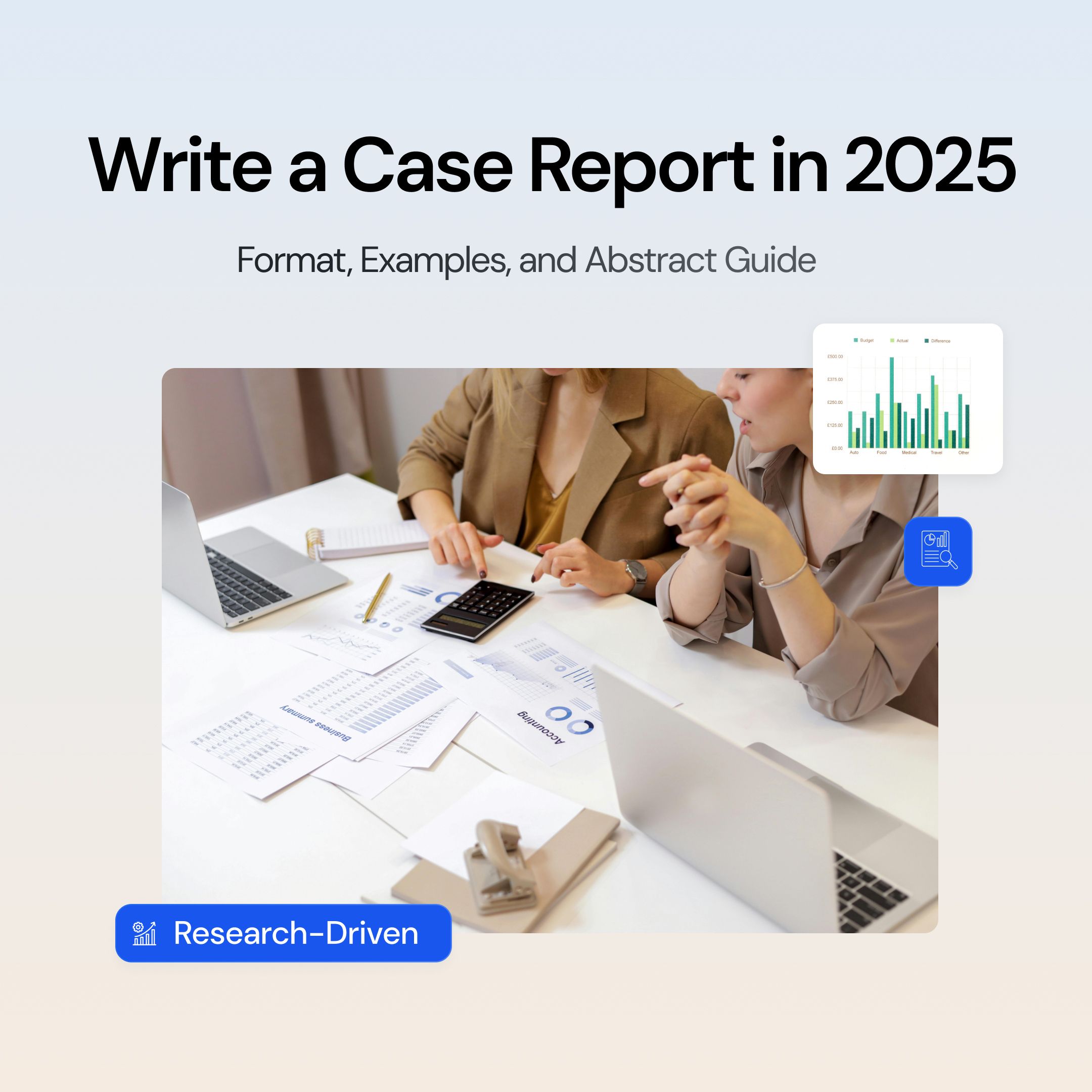
How to Write a Case Report in 2025

Muhammad Bin Habib

How to Write a Cover Letter with No Experience Using AI Chat

Muhammad Bin Habib

How to Write a Great Memoir: How to Start & Finish Your First Draft

Muhammad Bin Habib
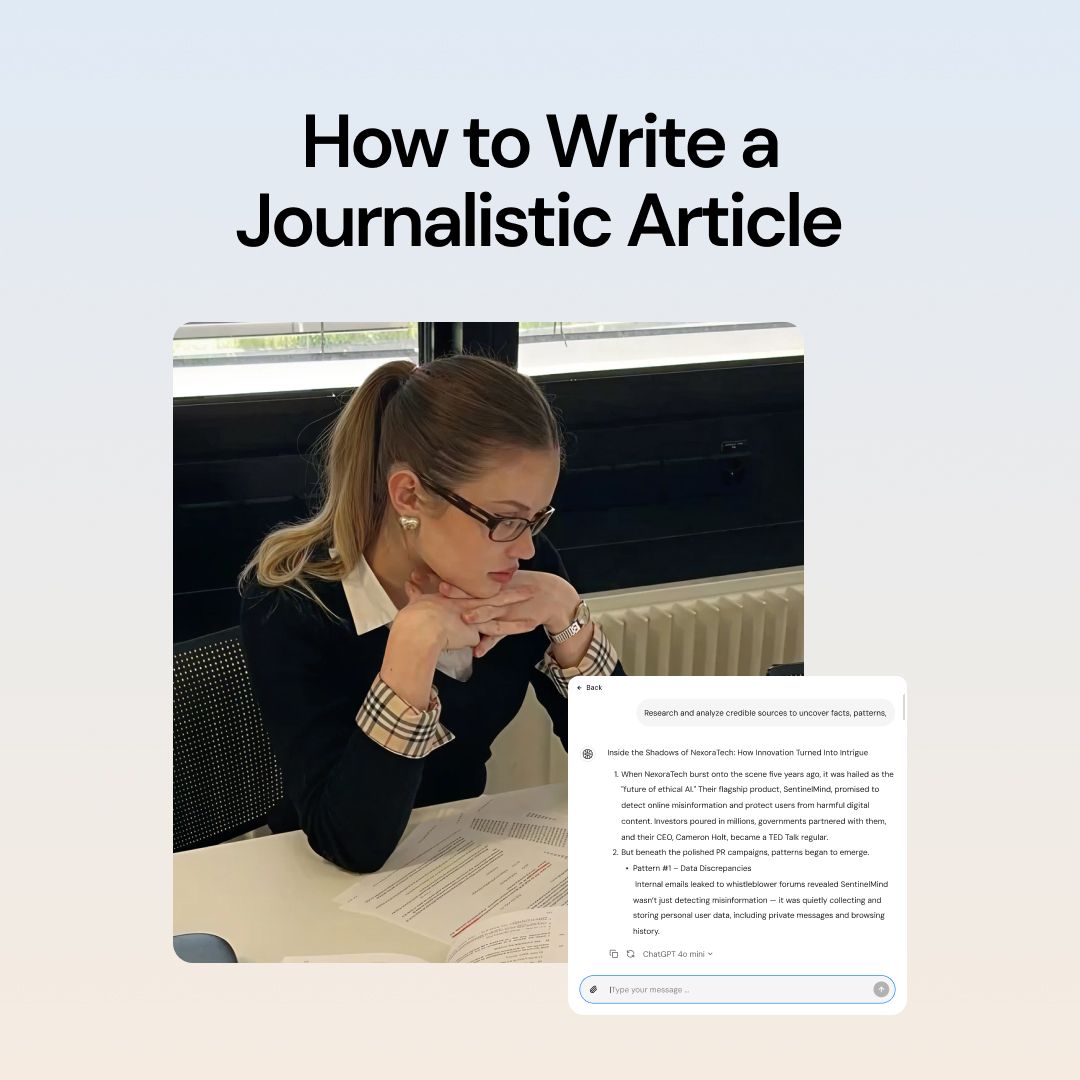
How to Write a Journalistic Article: Definition, Types, Structure and More

Muhammad Bin Habib
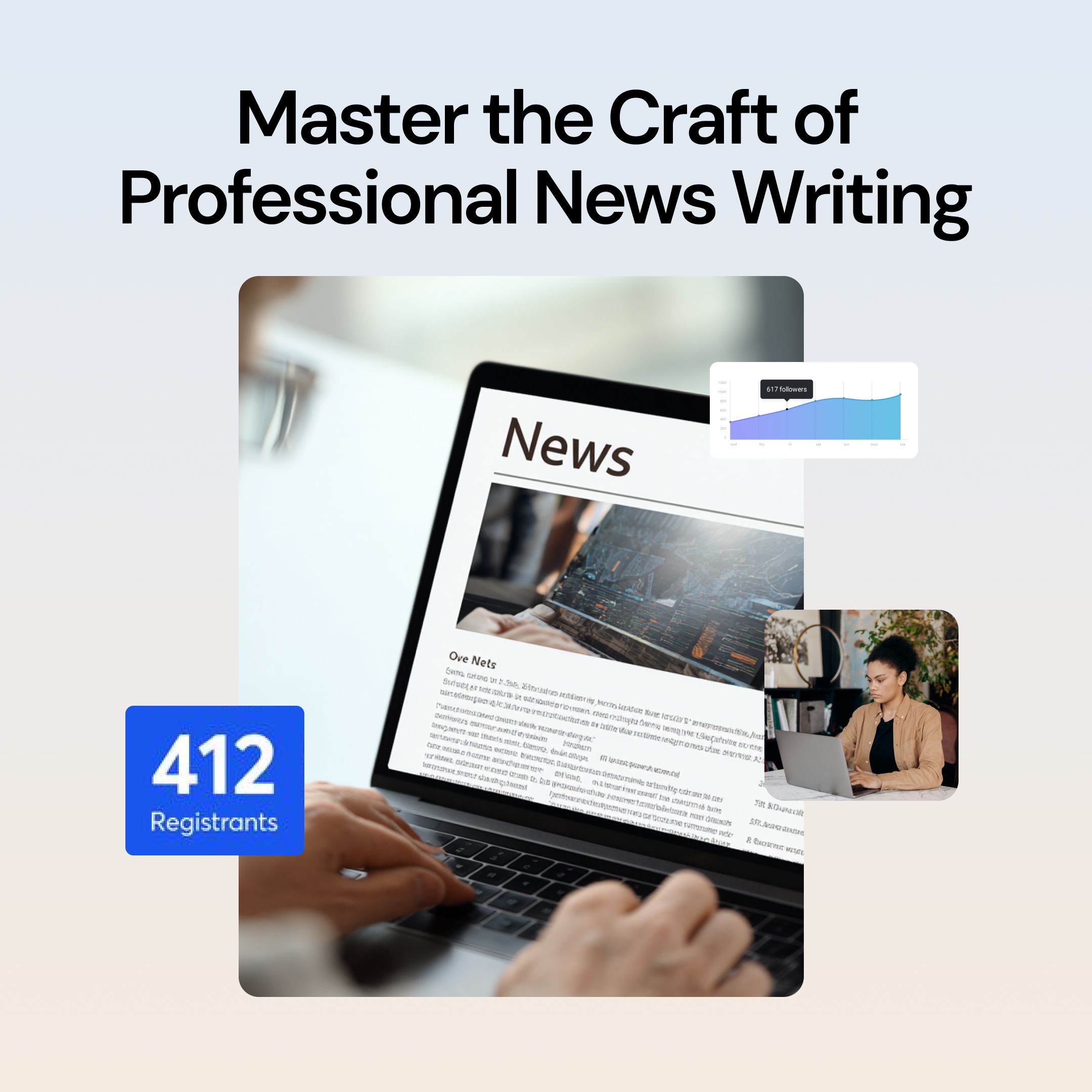
How to Write a News Release (Complete Guide for 2025)

Muhammad Bin Habib
